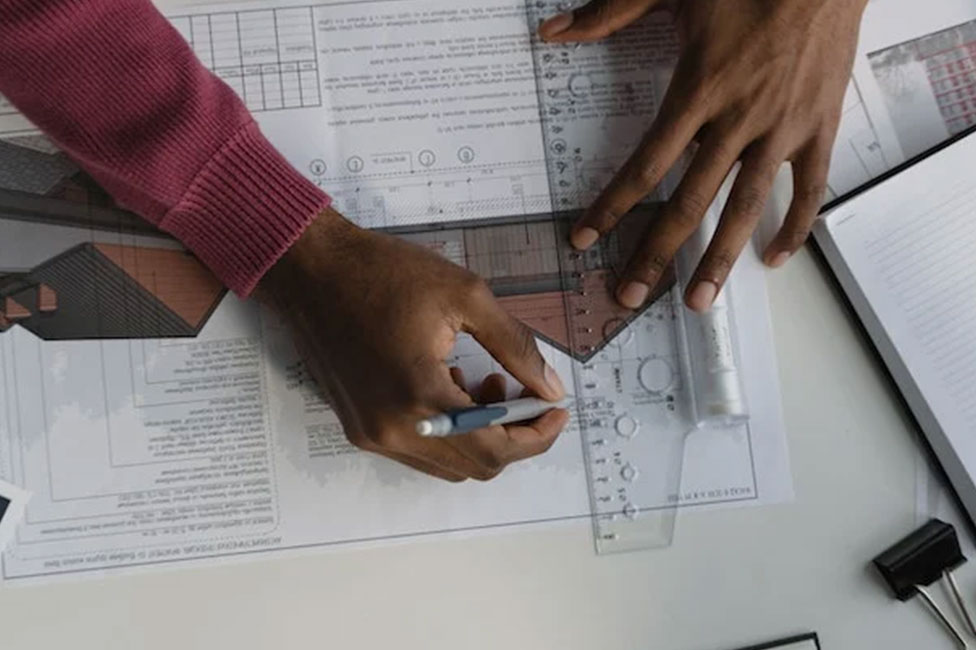Building Information Modeling (BIM) offers benefits throughout the life cycle of a facility. BIM data access can benefit project owners, architects, engineers, contractors, facility managers, maintenance engineers, operations engineers, safety and security personnel, and all stakeholders involved in the construction project life cycle. It fosters collaborative project delivery and is widely used in project management. Large amounts of data are generated throughout a building project life cycle, and BIM has the potential to enhance information management throughout the life cycle. As a building product manufacturer, you may be considering having BIM models created for your products. The abundance of data that can be included in your model and communicated throughout the use of your product should be part of your consideration. This article will discuss how BIM data is used at different stages in the construction project life cycle, and how that can benefit all stakeholders.
BIM is a tool for managing information, and BIM models have the potential to be used throughout the project life cycle. Typically, BIM models are built by different participants during different stages of a project life cycle. This can result in a loss of information, though in recent years the methodology of data transfer through the project has improved. As explored by Xun Xu et al., enabling BIM-based life cycle information management requires integration of models that previously have been scattered. Construction project management can benefit from the information flow via the application of BIM carried through a project life cycle. Capturing information generated during the design and construction phases for future use can improve facility management and maintenance. While information exchange is complicated by the large amount of information and different parties involved, the value of information is increased by using BIM.
BIM During the Design Phases of a Construction Project
In the design phase, BIM enables the analysis of clashes in design, and coordination of design with performance analysis. BIM can be used for collision detection to identify conflicts among pipes, equipment, and components to permit identifying problems and making adjustments in design.
Projects using BIM have improved interactive feedback regarding the final results achieved by the design decisions made. For example, BIM can be utilized to see the effect of different window configurations on levels of light. BIM enabled virtual walk-throughs provide enhanced insight into the aesthetics of a design.
Also enhancing the design process, BIM enabled projects can be subject to sustainability analysis, cost estimates, analysis of the project site, and analysis of the structural, lighting, and mechanical systems. BIM also permits LEED evaluation and code validation.
BIM During the Construction Phases of a Construction Project
During construction, the information required is more robust than during design. Control and management of the construction process are complicated and dynamic. While preparing for construction, vast amounts of information are required regarding permits, regulations, and technical standards. There are multiple parties to consider, as well as management of resources, schedules, cost, quality, safety, and the job site. Likewise, the information generated and required during construction is complicated and diverse. BIM enabled projects benefit from using BIM data for schedule management, construction planning, and site planning. Safety monitoring is enhanced via the incorporation of safety information into the BIM model to monitor, analyze, and evaluate the construction process.
BIM During the Operations Phase of a Construction Project
Operations management ensures the performance of the facility and includes building and facility maintenance, security management, personnel management, and regulation management. During building operations, BIM can be used for performance analysis. Each piece of equipment and every system in the building will be included in a fully BIM enabled project. This results in time savings by having all product and equipment and system information easily retrieved. Operations can leverage BIM for maintenance scheduling, tracking building performance including space management, monitoring energy usage, optimizing emergency preparedness, information storage, and monitoring conditions.
Building Product Manufacturers and BIM Enabled Projects
BIM provides the building industry with a means to deliver an integrated information management strategy. As discussed by Meadati, BIM reduces the fragmentation of the building industry and allows for a seamless flow of facility information through all the phases of the project life cycle. The barriers to implementing the extension of BIM throughout a project life cycle continue to diminish over time. BIM fosters a collaborative process for generating and managing a building’s data, which accumulates throughout the facility life cycle.
For building product manufacturers, BIM data has the potential to improve communication between manufacturers and the stakeholders of a project throughout the life cycle of the project. Data provided in your BIM model can be incorporated into the construction project and can be leveraged during the various phases of the life cycle. Information such as maintenance information and scheduling can be accessed during the operations phase. Even considerations that need to be made far into the future when a project reaches stages of closure or demolition can be communicated via BIM.
BIM life cycle information management is becoming more defined and refined, and methods are being established to improve the flow of information throughout the project life cycle. If you would like to learn more about having BIM developed for your products, book a BIM demo with the experts at CADdetails, or learn more about our BIM services.
cover image Ⓒ Pexels

